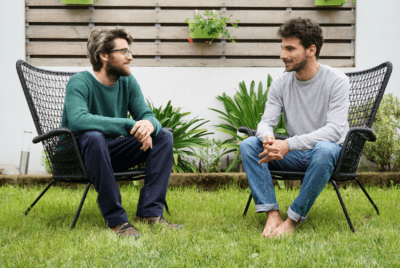RESEARCH
Psychophysiological and Psychological Responses of Teenage Students Conducting Computer Programming Activities Combined with Horticultural Activities
Summary
This study explored how combining computer programming (coding) with gardening (horticultural activities) affects teenagers’ brains and their feelings. The researchers wanted to know if doing these activities separately or together had different effects on things like relaxation, attention, and emotions in students aged 11 to 16 years. To find out, they had 34 students participate in four different tasks in a random order: just connecting electronic components, just coding a program, just doing horticultural activities like planting succulents, and a combined activity where they coded something to work with the plants. During each of these 5-minute activities, the researchers measured the students’ brain waves using a portable EEG device placed on their heads. After each activity, the students also answered simple questionnaires about how comfortable, natural, and relaxed they felt, as well as how stressed they were.
The researchers then analyzed the different types of brain waves recorded during each activity to understand the students’ physiological responses, looking at indicators related to relaxation, attention, and focus. They specifically looked at brain activity in the prefrontal cortex, which is important for thinking, attention, and emotions. The students’ answers to the questionnaires were also compared across the four different activities to see how each one affected their subjective feelings. Finally, the students completed a satisfaction survey after doing all the activities.







